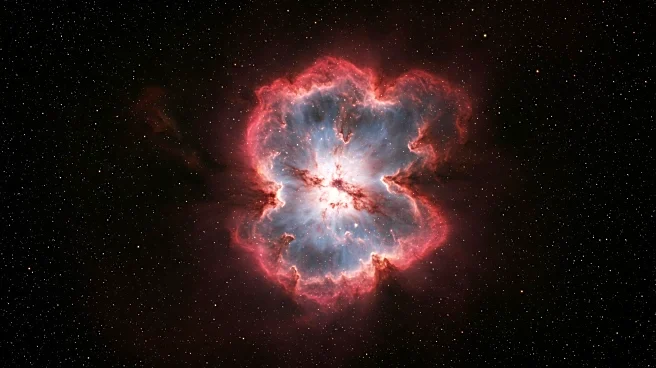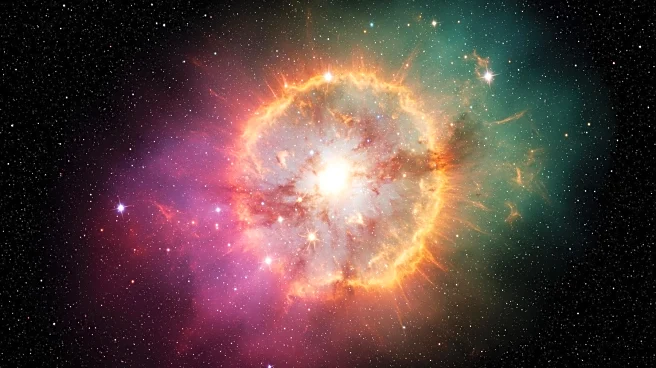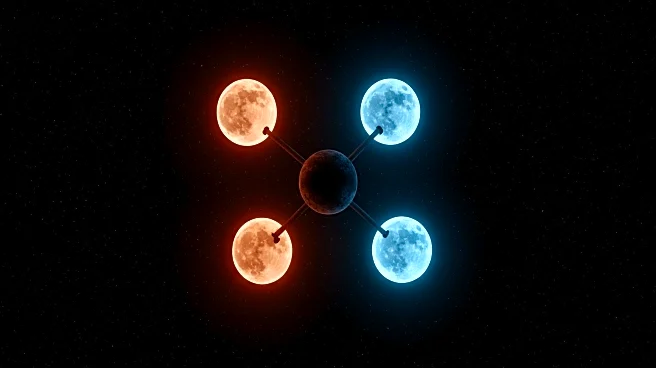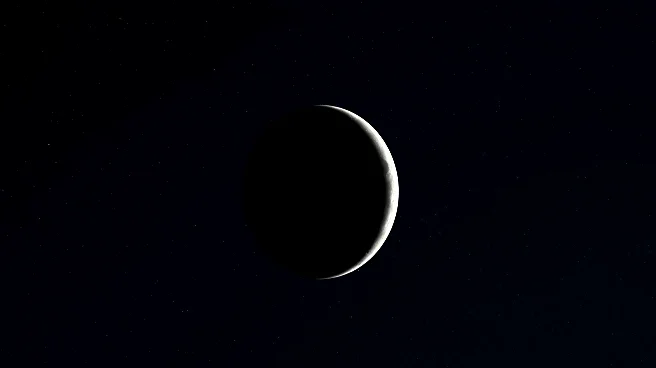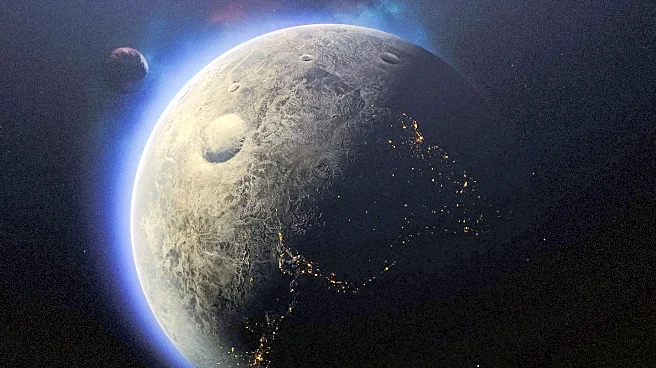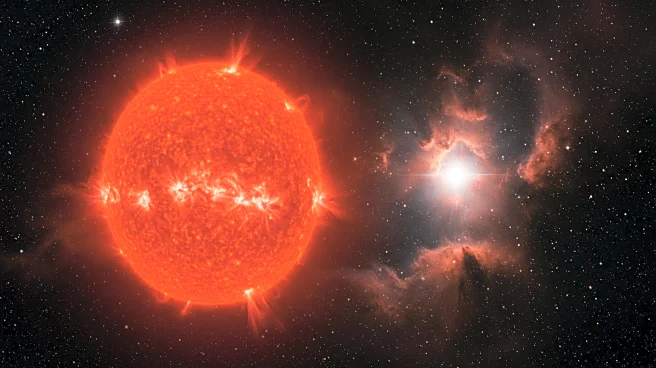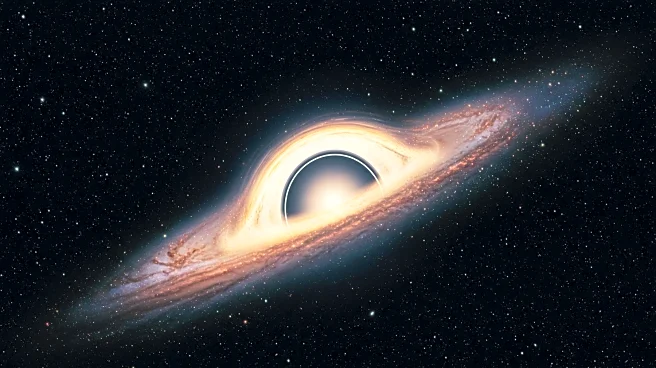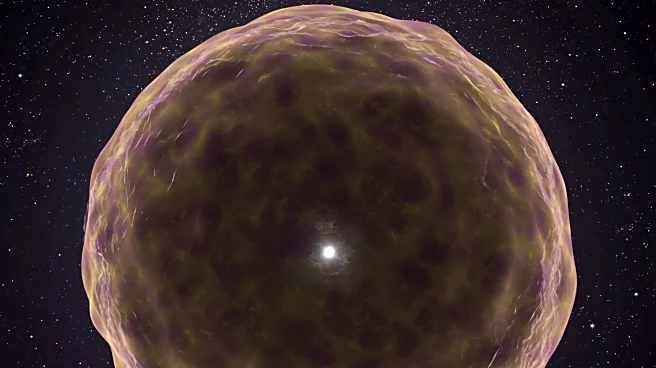Rapid Read • 6 min read
Recent observations of the colliding spiral galaxies NGC 5713 and NGC 5719, located 88 million light-years from Earth, provide new insights into the potential future collision between the Milky Way and the Andromeda galaxy. These galaxies, currently about 300,000 light-years apart, are surrounded by satellite galaxies that are transitioning into a co-rotating, flattened plane. This phenomenon challenges the standard model of cosmology, which struggles to account for such formations. The findings suggest that the gravitational dynamics of dark matter filaments, like the Boötes strip, may play a role in shaping these satellite planes.
AD
The study of NGC 5713 and NGC 5719 offers a valuable case for understanding galaxy mergers and the role of dark matter in cosmic structures. The observations challenge existing cosmological models, prompting a reevaluation of how galaxies and their satellites form and evolve. This research could lead to a better understanding of the Milky Way's future and the broader dynamics of galaxy formation, potentially impacting theories on dark matter and gravitational interactions.
Further observations and simulations are needed to refine cosmological models and understand the role of dark matter in galaxy formation. The ongoing study of NGC 5713 and NGC 5719 will help astronomers predict the outcomes of future galaxy mergers, including the anticipated collision between the Milky Way and Andromeda. Continued research may also explore alternative theories, such as modified Newtonian dynamics, to explain the observed phenomena.
AD
More Stories You Might Enjoy
